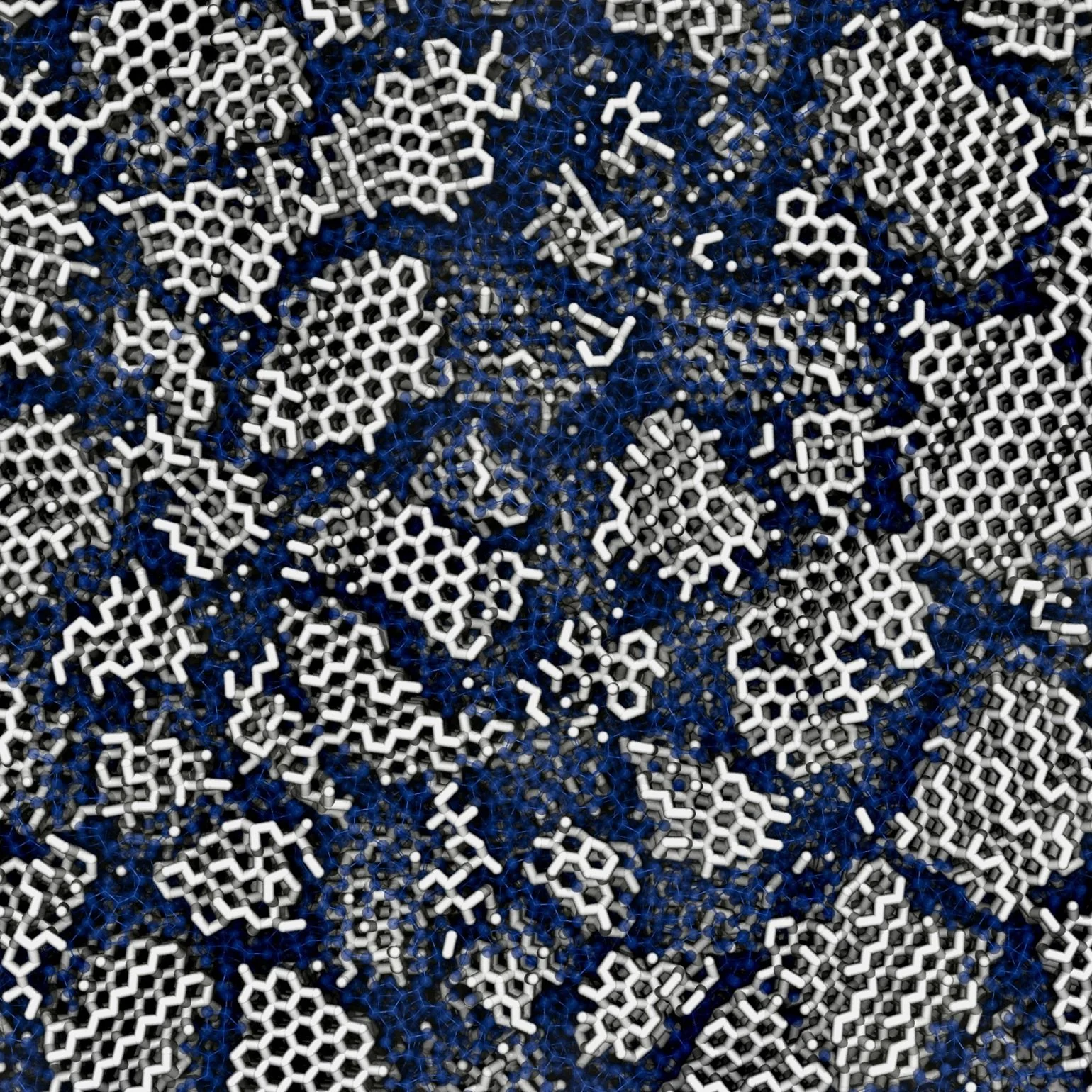We have been writing a lot about antibiotic resistance in recent years, but with good reason. Antibiotics are perhaps the most valuable scientific discovery in modern history, saving millions of lives each year. It is vital that we maintain this powerful weapon against deadly infections.
Scientists are diligently looking for ways to tackle the growing threat of antibiotic resistance. Interestingly, microscopic grains of gold may be part of the solution.
Image Credit: 99Art via Shutterstock / HDR tune by Universal-Sci
The troubling rise of antibiotic resistance
Problematic is the fact that, around the globe, an increasing number of people are dying from infections because more and more bacteria are becoming resistant to contemporary antibiotics.
In 2019 the IACG released a report called 'no time to wait: 'securing the future from drug-resistant infections,' estimating that drug-resistant diseases may cause 10 million deaths per year by the year 2050.
Sadly, scientists sometimes feel like a lone voice crying in the wilderness when it comes to this subject, as funding for the development of new antibiotics is scarce. Luckily, despite the disturbing lack of funding, some valuable discoveries are still made from time to time.
Strengthening antibiotics with gold particles
An international team of researchers from the University of Leeds, Fudan University, and SUSTech found a new weapon in the fight against microbial antibiotic resistance in the form of microscopic gold particles.
At first glance, gold may not seem like an obvious tool for treating a bacterial infection. Still, scientists have been recognizing the antimicrobial properties of specifically modified gold nanoparticles for several years now. To date, however, they have failed to resolve some of the critical issues associated with this phenomenon. At least, until now.
Gold in the form of nanoclusters (consisting of approximately 25 gold atoms) can be used to target and disturb the cell walls of microbes, causing them to become more vulnerable to conventional antibiotics.
While that sounds promising, this technique comes with its own set of challenges to overcome. For example: how does one get these active gold nanoparticles to the location of a bacterial infection without damaging the healthy cells of the host?
Packaging nanoclusters
In their new study, published in the science journal Chemical Science the research team describes a way of circumventing the problem mentioned above by utilizing the electrostatic forces of nature.
Bacterial cell walls have a stronger negative charge in comparison to human cells. Because opposite charges attract, the researchers packed the gold nanoclusters into a sort of molecular envelope known as a "ligand," which is positively charged.
Akin to a carrier pigeon, as the researchers put it, this ligand delivers the gold nanoclusters to the bacterial cell wall, where it agitates the cell membrane leaving it vulnerable to antibiotics, effectively providing them with a 'new lease on life.'
We're not done here though. One issue remains, namely the toxicity of the positively charged ligand envelope to human cells. To shield host cells, the researchers attached a secondary ligand to the gold nanocluster wrapper. These molecules have both positive and negative charges and are known as zwitterions.
Zwitterionic ligands enhance the gold nanocluster's compatibility with our cells and also help them to go through the kidneys to be discharged from the body eventually. The researchers were able to find the most optimal ligand ratio, with low toxicity to healthy tissues while still having excellent antibacterial activity.
An illustration of a gold nanocluster with a molecular envelope. Illustrated in red are the positively charged ligands, in blue are the zwitterionic ones. - They are bound to the Au25 cluster (illustrated in brown) via thiol molecules (illustrated in yellow). - Image Credit: University of Leeds - (Click on image to enlarge)
In other words, this enhanced 'jacket' for the gold nanoclusters enables them to still make short work of harmful bacteria while being less harmful to our bodies. This is because the gold penetrates the bacterium, while the researchers use their technique to prevent the gold particles from penetrating our own cells.
Testing the effectiveness of gold nanoclusters
The team decided to test their newly fabricated nanoclusters on a gram-positive bacterial strain called Staphylococcus epidermidis, better known as MRSE. The MRSE bacterium is resistant to treatment with the commonly used antibiotic methicillin.
Three antibiotics were tested against MRSE (Imipenem, oxacillin, and erythromycin), both with and without the aid of gold nanoclusters. In the events where antibiotics were used alongside the nanoclusters, the researchers discovered an enhanced antimicrobial effect.
In fact, with one particular class of antibiotics (oxacillin), the team observed an incredible 128-fold decrease in the amount of antibiotics required to restrain bacterial growth, which means that the newly designed jacket did its job with gusto.
What's next
The search for new antibiotics has proven to be complicated. But as this study has shown, there are other ways to deal with the problem.
According to the researchers, the problem will not be solved if we only focus on creating new antibiotics, as antibiotic resistance to these new antibiotics will be inevitable.
We need to pay more consideration and effort toward developing new approaches to revitalize our current antibiotic arsenal. This approach can be a cheaper, faster, and possibly more sustainable alternative.
As mentioned before, the team has published their findings in the science journal Chemical Science. We listed it below for those interested in more details.
Also, be sure to follow Universal-Sci if you are interested in the subject, as we aim to keep you informed about further progress and innovations in the fight against antibiotic resistance.
Sources and further reading on the subject of antibiotics
Controlling the pyridinium–zwitterionic ligand ratio on atomically precise gold nanoclusters allowing for eradicating Gram-positive drug-resistant bacteria and retaining biocompatibility - (Chemical Science / Royal Society of Chemistry)
Antibiotic resistance is slowly becoming a big problem - (Universal-Sci)
How the most detailed images ever taken of living bacteria may help us in the fit against antibiotic resistance - (Universal-Sci)
Belgian researchers seek to accelerate the development of a new type of antibiotic - (Universal-Sci)
No time to wait: securing the future from drug-resistant infections - (IAGC/WHO)
If you enjoy our selection of content, consider subscribing to our newsletter - (Universal-Sci Weekly)
FEATURED ARTICLES:









